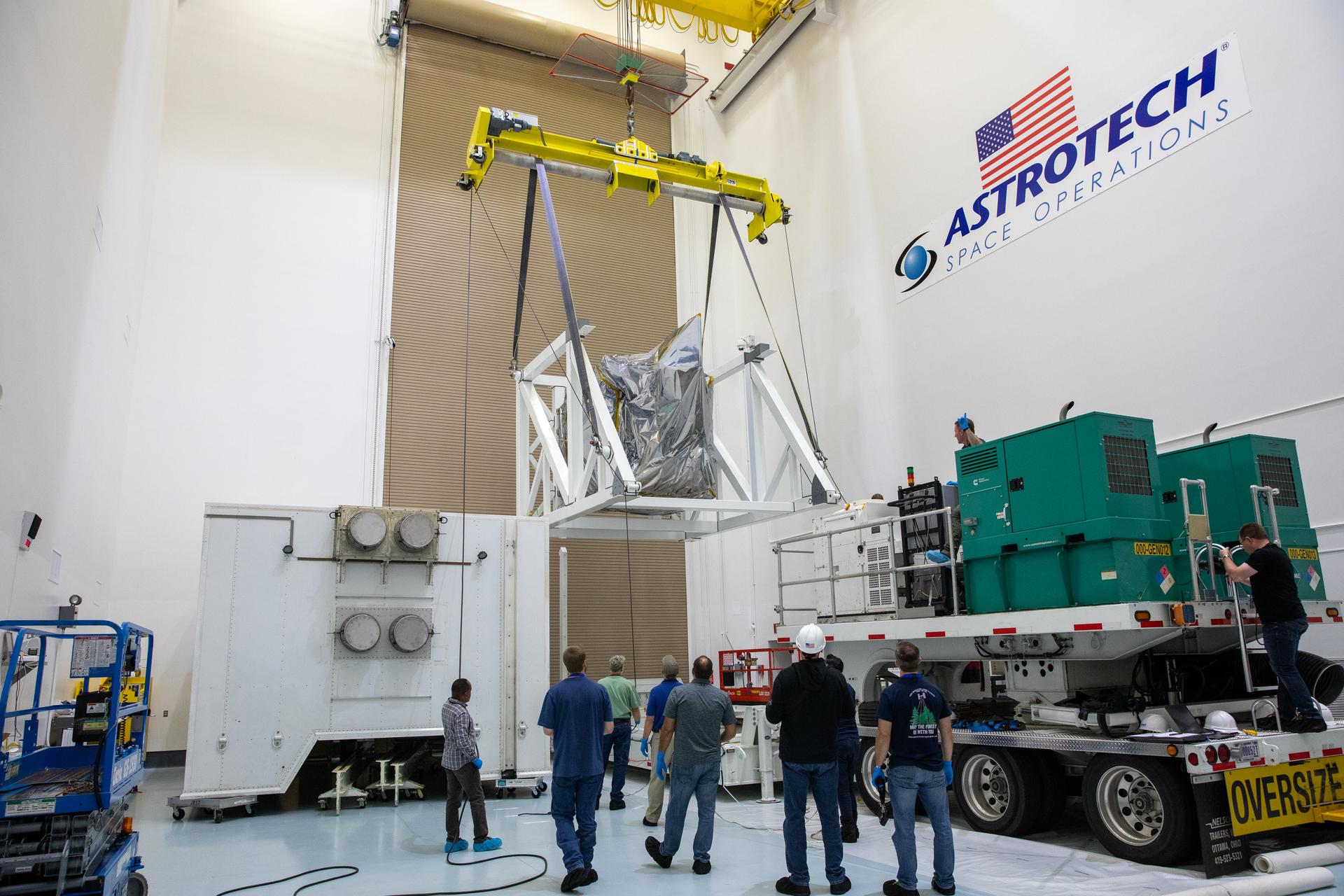
NASA’s PACE (Plankton, Aerosol, Cloud, ocean Ecosystem) spacecraft is now safely encapsulated in SpaceX’s Falcon 9 payload fairings.
The fairing halves protect the spacecraft from aerodynamic pressure and heating during the ascent phase of launch. Approximately three minutes after liftoff, the halves are jettisoned and return to Earth.
Upcoming milestones for PACE include payload integration to the Falcon 9 rocket ahead of the vehicle rolling out to the pad at Space Launch Complex 40 at Cape Canaveral Space Force Station in Florida.
PACE will extend and improve upon NASA’s more than 20 years of global satellite observations of our living ocean, atmospheric aerosols, and clouds from its destination in a sun-synchronous, polar orbit. Its instruments will observe and measure how ocean ecosystems interact with the atmosphere in a changing climate.
The PACE project is managed by NASA’s Goddard Space Flight Center. The agency’s Launch Services Program, based at Kennedy Space Center, is responsible for managing the launch service for the PACE mission.
Liftoff is targeted for no earlier than 1:33 a.m. EST on Tuesday, Feb. 6.

